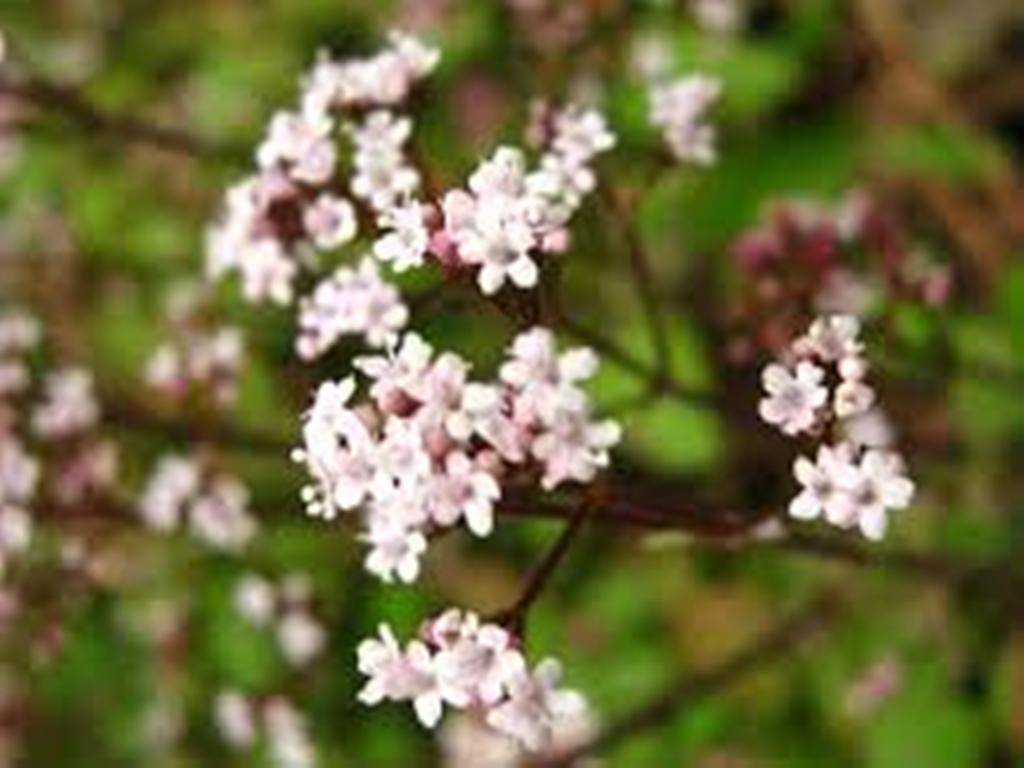
Uttarakhand is blessed with the abundance of significant therapeutic and fragrant plant species because of its different geographical and climatic conditions. Among, several types of such plants found in the Uttarakhand, Himalayas, seven have been ordered as basically endangered, eighteen imperiled and twenty three at risk.
Significant herbal plants, for example, Atees, Mitha, Bankakri, Kutki, Jatamansi, Balchhar, Hathajari, Kuru, Ksirakakoli, Satwa, Chirayita, Thuner, Biskandara, Khander, Archa, Choru, Rikhchoru, Brahmkamal, Meda or Mahameda and so forth are confronting substantial gathering pressure in their common pockets because of high market request. In this way a significant number of these have been segmented as endangered species. Development preliminaries in various districts of Uttarakhand have indicated that the greater part of these plant species can be developed in reasonable agro-climatic provinces of the upper Himalayas.
An enormous scope of development of these species will ease pressure on their common population by satisfying the need of the providers and accordingly helping in their preservation in their normal living space. Development of these profoundly important restorative plants by neighborhood individuals or farmers can help the economy of the individuals just as that of the state.
Also, business openings can be produced for the young people of slope towns by engaging them in development of herbs, post-collecting procedures, semi-preparing units and worth expansion to crude medications. It is assessed that the state can win about Rs 1,000 crore through oversaw development and promoting of crude medications and their items.

The herbal plants are utilized for the treatment of cuts, wounds, skin illnesses, stomach related issues, asthma, bone crack, diabetes, jaundice, cholera, toothache, fever, joint pain, stomach pain, urinary issues, and issues of heart, eyes and ears. Preservation through development of such endangered medicinal plants is a significant issue to ensure the restorative plant diversity in the state.
Considering this, few activities have been taken in the last more than twenty years by various organizations and colleges, for example, the National Medicinal Plants Board (NMPB), Govind Ballabh Pant National Institute of Himalayan Environment and Development and the Forest Research Institute, other NGOs. High Altitude Plant Physiology Research Center (HAPPRC) of HNB Garhwal University has additionally done spearheading endeavors toward this path and made noteworthy commitment to development of imperiled medicinal plants, for example, Kutki, Jatamansi, Atees, Meetha, Bankakri, Archa, Dolu, Choru, Pharan and so on. The altitudinal preliminaries of these herbs showed that a portion of these alpine herbs can be developed up to six thousand feet while others need higher regions for fruitful development. Fruitful development in Chamoli town around twenty restorative herbs is developed in the state.
Uttarakhand has an enormous extent of high elevation zones, including peaks or bugyals, subalpine and temperate regions. These territories harbor significant restorative plants that are collected predominantly from the wild because of absence of business development innovation. These herbs can't be developed at lower heights because of their one of kind climatic prerequisites and, whenever developed, their development, yield and dynamic constituents get changed.The right measures taken to save medicinal plants are normalization of nursery procedure and creation of value planting material and dynamic investment of nearby individuals or farmers in protection activities of herbal plants.










